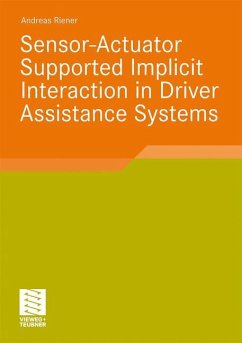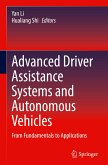Technological advances, miniaturization of embedded computing technology and wireless c- munication together with the evolution of global networks like the Internet have brought the vision of pervasive and ubiquitous computing to life: technology seamlessly woven into the "fabric of everyday life". Along with this development goes the need and challenge of int- faces supporting an intuitive, unobtrusive and distraction free interaction with such technolo- rich environments. Considering the huge amount, and ever growing number of a vast manifold of heterogeneous, small, embedded or mobile devices shaping the "pervasive computing la- scape", makes traditional, explicit and attention based styles of interaction appear hopeless. To make computing part of everyday life, the interfacing must go beyond traditional explicit interaction: pervasive computing system designs will have to - and are already successfully attempting to - revert the principle of the user being in an active and attentive role, to one where technology is attentive and active. Interaction is becoming implicit. Implicit interaction is based on two main concepts: perception and interpretation. Perc- tion concerns gathering information about the environment and situations, usually involving (technological) sensors. Interpretation is the mechanism to understand the sensed data. C- ceptually, perception and interpretation when combined are described as situational context.
Bitte wählen Sie Ihr Anliegen aus.
Rechnungen
Retourenschein anfordern
Bestellstatus
Storno








